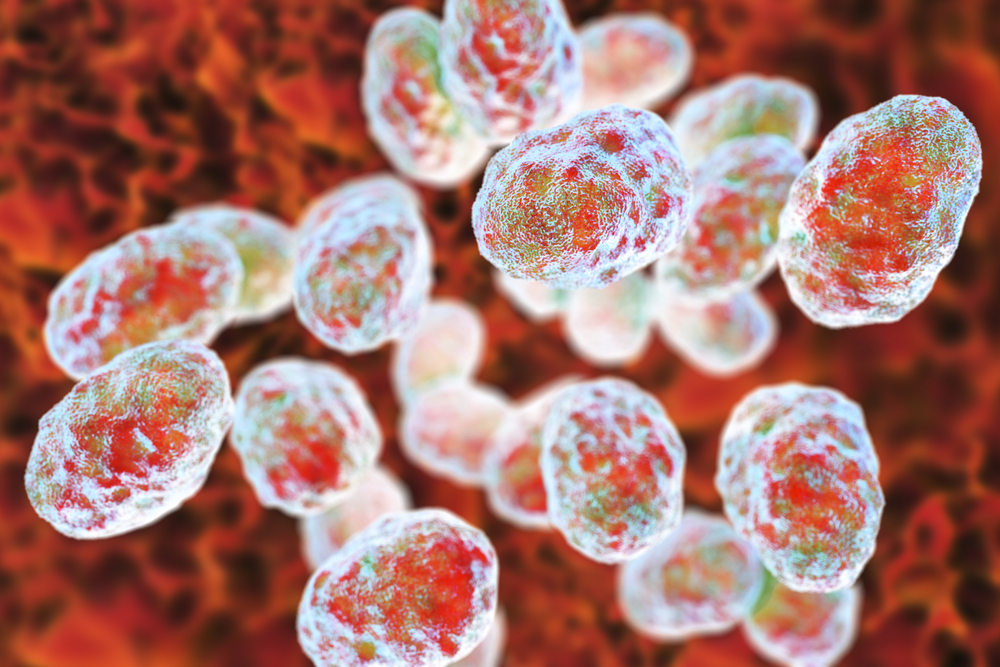
Researchers are tracking down biothreats like tularemia but are facing a number of challenges including avoiding false positive tests, according to a recent study by the U.S. Department of Energy and the Los Alamos National Laboratory.
Specifically, the laboratory is investigating the Francisella bacteria, which causes tularemia and includes a number of virulent human and fish pathogens, tick endosymbionts, and free-living isolates that are found in saltwater.
While the Francisella genus includes a number of species, many of them cause no harm to humans or animals. However, one species, called Francisella tularensis, is a highly virulent zoonotic pathogen that causes tularemia.
Currently, the bacteria considered a first tier biothreat agent by the U.S. Department of Health and Human Services (HHS) along with Bacillus anthracis, which is weaponized to make anthrax, and the Ebola virus. Found exclusively in North America, Francisella tularensis causes a variety of damaging effects including skin ulcers, chest pain and breathing difficulties.
Los Alamos biologist Jean Challacombe stated that accurate discrimination among virulent subspecies of Francisella tularensis and the abundant Francisella novicida and its relatives was absolutely critical for the success of biological surveillance and attribution activities.
Challacombe’s research team identified several linear or circular structures of double-stranded DNA with the ability to exist outside a chromosome in sequenced genomes of three commonly-found Francisella species.
According to Los Alamos, the structures, characterized as cryptic plasmids, provide additional phylogenetic and genome features that differentiate pathogenic Francisella tularensis strains from clinical and environmental near-neighbor species that are not biothreat agents.
“Our work shows that of the more than 120 Francisella genomes that have been sequenced, only a few contain plasmids,” Challacombe said. “This becomes a really useful signpost for researchers, adding genomic features that can prevent misidentification of bacterial relatives that happen to share an otherwise similar genetic profile.”
The research team then sequenced genomes from seawater samples in the Galveston Bay, Texas area, along with some human clinical samples, warm spring water, and water isolated from an air conditioning unit. Several plasmid strains of Francisella were also sequenced by Los Alamos.
“While bacterial plasmids can carry traits that enhance the survival of host cells and influence bacterial evolution, cryptic plasmids encode few functions other than those needed to replicate and mobilize,” study authors Challacombe, Cheryl Kuske and Segaran Pillai said. “Our results comparing the cryptic plasmids in diverse Francisella genomes show that they are also found in clinical isolates.”
According to the authors, the results provided a new understanding of the phenotypic variability and complex taxonomic relationships among the known Francisella species and gave them new plasmid features to use in characterizing related species groups.
The study was published in detail in a recent issue of the journal PLOS ONE.




